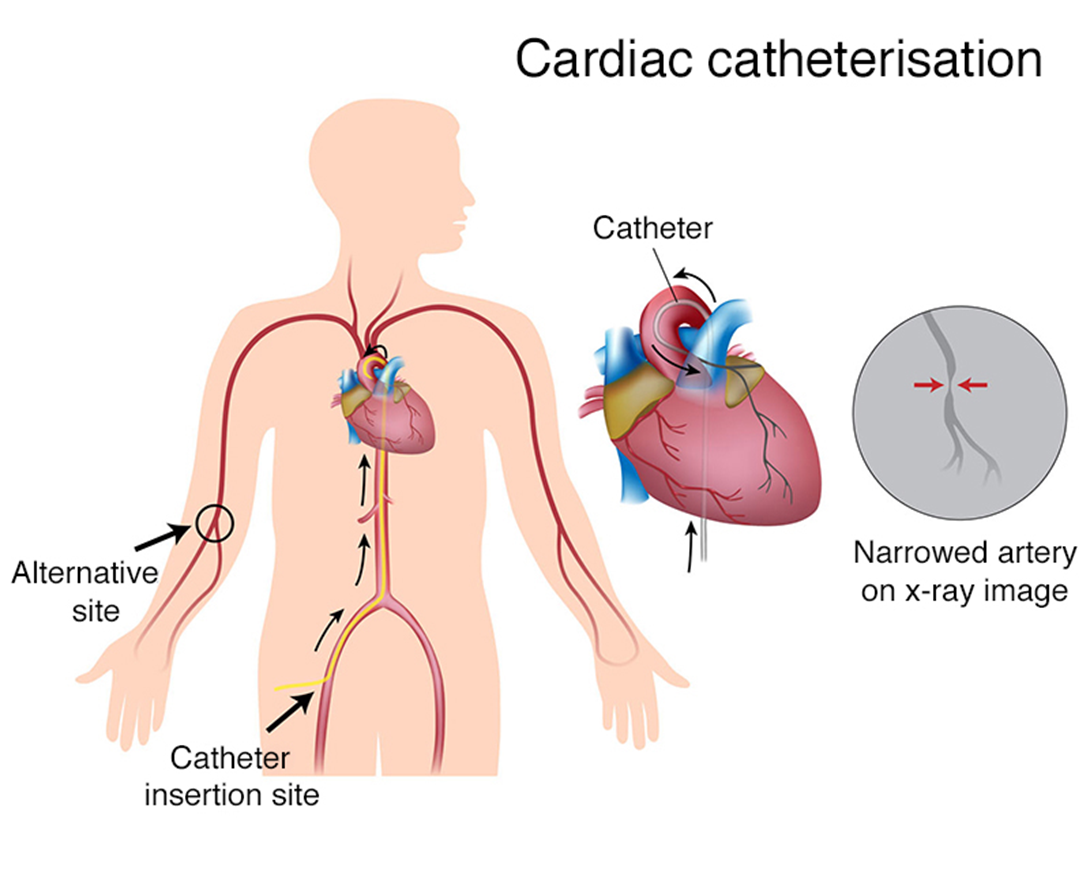A nurse in the provider's office is caring for a child who has a history of tonic-clonic seizure disorder. Three months ago, the neurologist changed the child's antiepileptic medications to include Phenytoin due to increasing number of seizures per guardian. The child has a 1-year history of mild exercise-induced asthma for which they were prescribed a rescue inhaler of albuterol prn.
The client is at risk for developing
The Correct Answer is {"dropdown-group-1":"C","dropdown-group-2":"C"}
Choice A reason: Gingival hyperplasia is a condition where the gums become enlarged and inflamed. It is a common side effect of Phenytoin, a medication used to treat seizures. The nurse should educate the client and the guardian about the importance of oral hygiene and regular dental check-ups to prevent or manage this condition.
Choice B reason: Hypoglycemia is a condition where the blood glucose level becomes too low. It is not a common side effect of albuterol, a medication used to treat asthma. Albuterol may cause tremors, tachycardia, or nervousness, but not hypoglycemia.
Choice C reason: Status epilepticus is a condition where seizures occur repeatedly without recovery. It is a medical emergency that requires immediate treatment. It may be triggered by exercise, but not necessarily. The nurse should ensure that the client has their seizure medication and rescue inhaler available at all times and knows how to use them.
Choice D reason: Bronchospasm is a condition where the airways become narrowed and obstructed. It is a common symptom of asthma, but not a side effect of Phenytoin. Phenytoin may cause other adverse effects, such as rash, nausea, or drowsiness, but not bronchospasm.
Nursing Test Bank
Naxlex Comprehensive Predictor Exams
Related Questions
Correct Answer is C
Explanation
Choice A reason: Continuing to monitor the client is not the best action, as it does not address the low urine output of the child. The child has a urine output of 20 mL/hr, which is below the expected range of 30 to 40 mL/hr for a 3-year-old child. Low urine output can indicate dehydration, kidney injury, or urinary tract obstruction, which require prompt intervention.
Choice B reason: Performing a bladder scan at the bedside is not the most appropriate action, as it is not the first-line diagnostic tool for low urine output. A bladder scan is a noninvasive ultrasound device that measures the amount of urine in the bladder. It can help detect urinary retention, which is the inability to empty the bladder completely. However, urinary retention is unlikely in a 3-year-old child, and a bladder scan may not be accurate or reliable in children.
Choice C reason: Providing oral rehydration fluids is the best action, as it can help restore the fluid and electrolyte balance of the child. Oral rehydration fluids are solutions that contain water, sugar, and salt in specific proportions that match the body's needs. They can prevent or treat dehydration, which is a common cause of low urine output in children. The nurse should offer the child oral rehydration fluids every 15 to 20 minutes, and monitor the urine output, vital signs, and hydration status.
Choice D reason: Notifying the provider is not the first action, as it is not the most urgent or effective intervention for low urine output. The nurse should notify the provider after providing oral rehydration fluids and assessing the child's response. The nurse should also report any signs or symptoms of dehydration, such as dry mucous membranes, sunken eyes, poor skin turgor, or lethargy. The provider may order further tests or treatments, such as blood tests, urine tests, or intravenous fluids.
Correct Answer is C
Explanation
Choice A reason: Offering the child clear liquids for the first 24 hours is not necessary, as the child can resume a normal diet after the procedure. Clear liquids are only recommended for the first few hours after the procedure to prevent nausea and vomiting.
Choice B reason: Assisting the child to take a tub bath for the first 3 days is not advised, as it can increase the risk of infection and bleeding at the catheter insertion site. The child should avoid tub baths, swimming, and soaking the site until it is completely healed, which may take up to a week.
Choice C reason: Giving the child acetaminophen for discomfort is appropriate, as it can relieve the pain and soreness at the catheter insertion site. The child should avoid aspirin and other nonsteroidal anti-inflammatory drugs (NSAIDs), as they can increase the risk of bleeding.

Choice D reason: Keeping the child home for 1 week is not required, as the child can resume normal activities within a few days after the procedure. The child should avoid strenuous activities, such as running, jumping, and biking, for at least 24 hours after the procedure.
Whether you are a student looking to ace your exams or a practicing nurse seeking to enhance your expertise , our nursing education contents will empower you with the confidence and competence to make a difference in the lives of patients and become a respected leader in the healthcare field.
Visit Naxlex, invest in your future and unlock endless possibilities with our unparalleled nursing education contents today
Report Wrong Answer on the Current Question
Do you disagree with the answer? If yes, what is your expected answer? Explain.
Kindly be descriptive with the issue you are facing.
